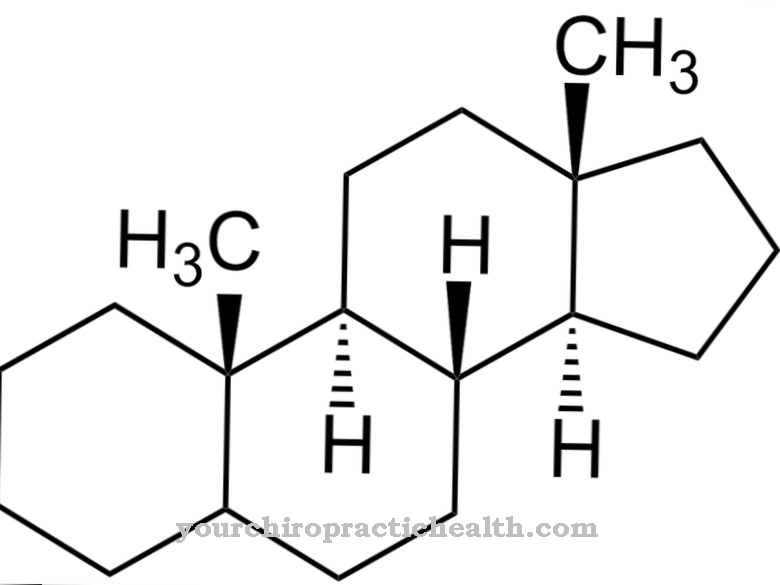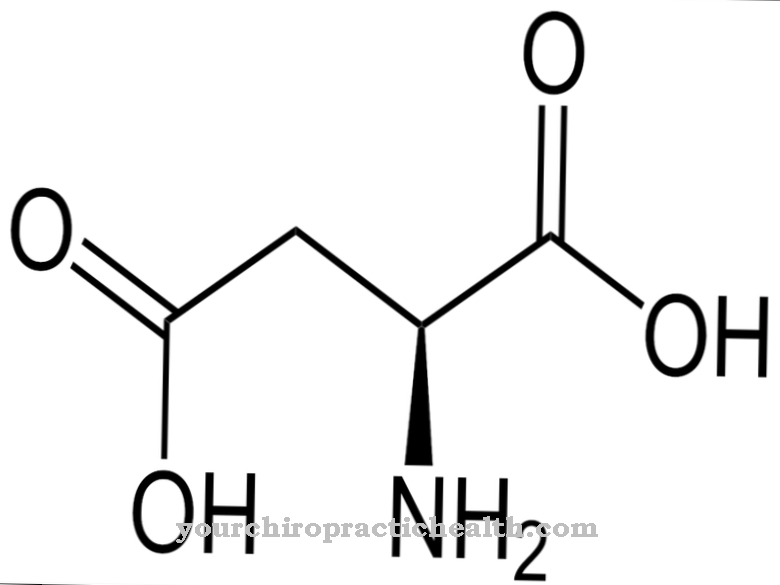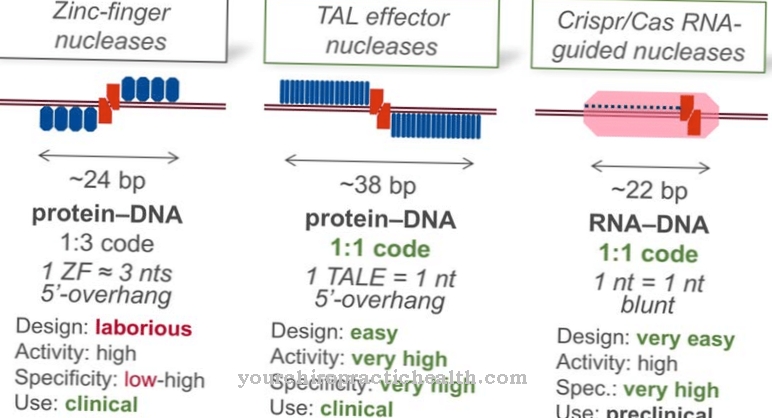Most people are chrome More likely a term in connection with rims or stainless steel. But the metal is also vital for the body.
What is chromium
Chromium is one of the so-called essential trace elements. The human body cannot produce these itself, which is why they have to be added to it regularly through food.
Since the daily requirement for chromium is extremely low at less than a milligram, it is also called an ultra-trace element. The term chrome is derived from the ancient Greek word for color. This name is due to the brightly colored chromium salts. Chromium was detected for the first time at the end of the 18th century in a process that lasted several years through the collaboration of researchers from various disciplines. However, its importance as an essential trace element for the human organism was only discovered much later, namely in 1959.
Chromium is stored in organs such as the liver or spleen, muscles, fat and bones in the body. Except for humans, chromium is of great importance for the metal industry and is used for the production of alloys and stainless steel. In its pure form, it is a shiny heavy metal with a white-bluish color.
Function, effect & tasks
Chromium plays an important role in the human body, especially for the metabolism of carbohydrates. In particular, it contributes to the normal absorption and processing of glucose (sugar). It supports the hormone insulin in its function as a blood sugar lowering agent.
In addition, chromium is also involved in other metabolic processes such as lipid metabolism in the body and has a cholesterol-regulating effect. It promotes the reduction of the "bad" cholesterol known as LDL cholesterol and on the other hand increases the proportion of "good" HDL cholesterol. Chromium is often taken by athletes as a dietary supplement, because on the one hand it stimulates the production of endogenous proteins and at the same time causes an increase in the absorption of amino acids in the muscles, which can contribute to faster growth of the muscles.
Chromium also contributes to normal thyroid function and it is believed that it is involved in many other important processes in the body. However, the research on this is not yet complete.
Education, occurrence, properties & optimal values
As an essential trace element, chromium cannot be produced by the body itself and must therefore be supplied to it. There are many foods that contain chromium. This mainly includes meat and whole grain products. The most abundant source of chromium are innards such as the liver or kidneys.
Chromium is also found in legumes, nuts, seeds, cheese, brewer's yeast, oysters and honey. The daily requirement, which is between 30 and 100 micrograms for adolescents and adults, can therefore be covered with a balanced diet without problems and without additional supplementation. So contain z. B. 100 grams of lenses already 70 micrograms of chromium, which almost covers the average requirement - even if it is in the higher range. However, there is a risk with an incorrect or unhealthy and unbalanced diet. Industrially processed foods such as white sugar or white flour lose almost 90 percent of their chromium content through processing.
So people whose diets are mostly based on processed foods are at risk of being chromium deficient. If you also take into account that some researchers put the daily chromium requirement of an adult between 200 and 300 micrograms, this danger becomes even greater. However, there are also foods that are naturally low in chromium, such as fruit and most vegetables. Chromium has the property of being deposited in the body when ingested sufficiently. However, these camps are attacked with age and gradually emptied.
Diseases & Disorders
Both a deficiency and an overdose of chromium can lead to - sometimes considerable - physical complaints. A chromium deficiency usually does not occur at all with normal food intake.
There are exceptions, however, such as some radical diets in which only juiced fruits and vegetables are consumed over a longer period of time. Artificial nutrition for months can also result in a chromium deficiency. Since the glucose metabolism is disturbed, the symptoms that result from such a chromium deficiency are similar to those of diabetes mellitus. Insulin levels increase and glucose tolerance decreases. In addition, the cholesterol and triglyceride levels rise. Further symptoms concern the general condition and the muscles. This can lead to irritability, confusion, nervousness, depressive moods, poor concentration, itching, muscle weakness and weight loss.
If the chromium requirement is met again by a sufficient intake, the symptoms will in most cases disappear again after a short time. A massive overdose of chromium, on the other hand, can result in chromium poisoning. However, this cannot be achieved through ingestion from food alone, as huge amounts of foods containing chromium would have to be eaten.
Even with dietary supplements, the recommended dose would have to be exceeded many times over in order to provoke chromium poisoning. Chromium poisoning is therefore only known from the world of work. For example, chrome fumes are generated in the manufacture of leather or metal goods. If these are inhaled, this can lead to symptoms such as nosebleeds, asthma or diarrhea. Construction workers who work with cement containing chromium also suffer more from allergies and contact eczema.
Even if all body functions in which chromium is involved have not yet been finally researched, it is an important trace element that is of great importance for health and should therefore be adequately absorbed.




























.jpg)